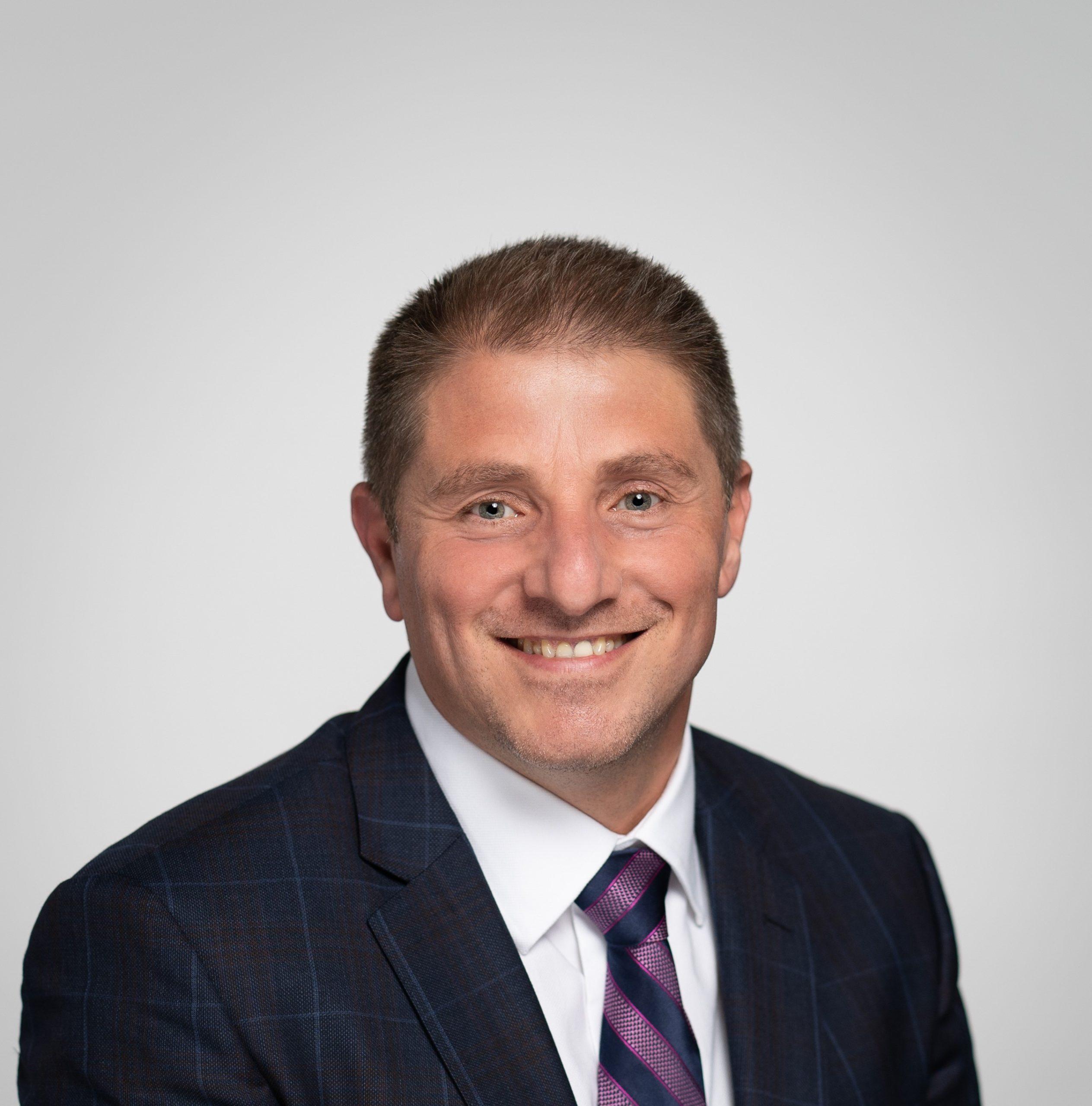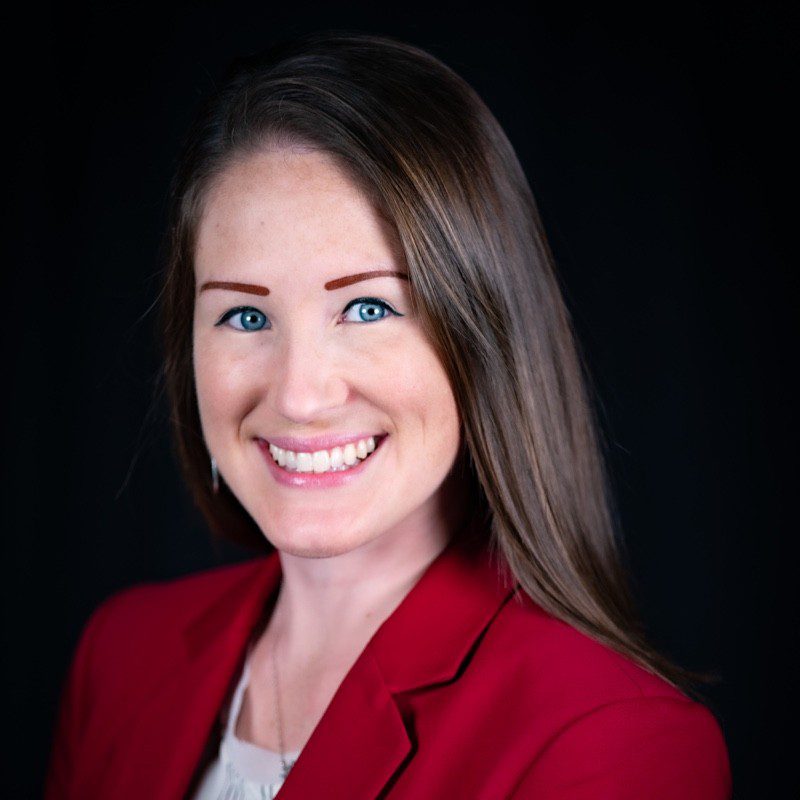Simulation Sessions
Description:
High-yield, task-oriented 90–150-minute hands-on simulation sessions. Interact with expert faculty in small groups and choose from seven skill-specific sessions. Learn flexible bronchoscopy, ablation modalities, lung volume reduction, and more. Improve your skills and gain valuable insights in a safe simulation environment. Join us for an immersive learning experience!
Register now as spaces are limited.
Learning objectives:
Simulation Session 1: Stents – Expanding the horizon – Tips from the Experts
- Define the necessary equipment for SEMS insertion through the ETT/rigid bronchoscope technique without fluoroscopy via flexible bronchoscopy.
- Describe the step-by-step process for stent selection and deployment via flexible bronchoscopy.
- Highlight stent- tissue interactions and stents’ utilization in benign and malignant disease.
- List post procedure strategies to minimize stent-related adverse events.
Simulation Session 2: Fire and Ice – Thermal Toolkit Tips
- Review the steps for safe application of electrosurgery with a focus on optimal gas flow, anesthesia settings, and interference with implantable devices (ICD/pacemaker).
- Review the basic principles and the system set up for coagulation and cutting effects.
- Practice cryodebulking and review the applications of cryotherapy into an IP program.
- Describe various ablation modalities to manage airway stent complications.
Simulation Session 3: Tips and Tricks for Optimizing Yield in Peripheral Bronchoscopy
- Practice planning pathways to “hard to reach” lung nodules using different advanced bronchoscopy platform.
- Practice the steps of registration, navigation, and target confirmation on each platform.
- Describe tricks to prevent atelectasis, from pre-procedure optimization, anesthesia management and patient positioning for peripheral bronchoscopy.
- Discuss tools to optimize yield and how to combine peripheral platforms with radial EBUS and advanced imaging tools in peripheral nodule sampling.
Simulation Session 4: Planning and Performing BLVR – Tips from the Experts;
- Highlight the applications of tools to assess fissure integrity via CT analysis and Chartis.
- List the steps for airway sizing and valve deployment.
- Review BLVR in the marginal candidate (high PCO2, low BMI, low fev1+dlco, pulmonary nodule) and the application of BLVR use as a bridge to transplant.
- Describe the post-BLVR follow-up and outcome measurements.
NEW THIS YEAR – Simulation Session 5: Interventional Pulmonology for the Pediatric Patient -Advanced and Therapeutic Bronchoscopy Skills
- Review the steps for safe application of electrosurgery with a focus on optimal gas flow and anesthesia settings
- Review the basic principles and the system set up for coagulation and cutting effects
- Practice cryodebulking and cryoextraction
- Demonstrate the ability to localize a peripheral lesion using radial EBUS
- Display the ability to navigate the curvilinear EBUS scope to a target lymph node and successfully acquire a sample
NEW THIS YEAR –Simulation Session 6: Pleural Procedures: Tips for Clinic and Bedside Care
- Enhance your skills in thoracentesis, tube thoracostomy, and tunneled indwelling pleural catheter placement through this hands-on simulation session.
- Expert-led instruction will focus on procedural techniques, complication management, and best practices for safe, effective bedside and clinic procedures.
- Ideal for learners at all levels seeking practical experience in a controlled setting.
NEW THIS YEAR –Simulation Session 7: Interventional Pulmonology Applications in the Intensive Care Unit – Tips and Tricks for Difficult Cases
- Highlight the indications and contraindications for percutaneous tracheostomy and cricothyrotomy
- List the steps for bronchoscopic-assisted percutaneous tracheostomy placement
- Demonstrate the ability to perform lung isolation and endobronchial blocker placement for massive hemoptysis
- Review tools available for foreign body removal using flexible bronchoscopic techniques like forceps, basket, and cryoprobe
Please note that in order to attend the Simulation Sessions you must be registered to attend the Annual Meeting.
Register now, as spaces for the Simulation Sessions are limited.

